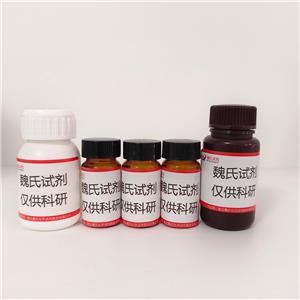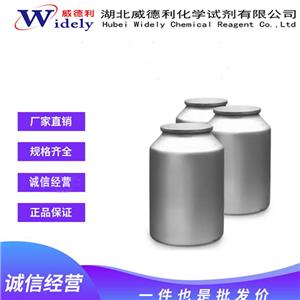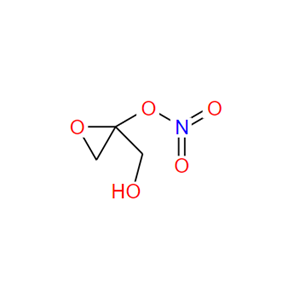网站主页
(S)-4-(氨基(羧基)甲基)-3-甲基苯甲酸盐酸盐
化合物 LY367385 hydrochloride
化合物 LY367385 hydrochloride|T60355|TargetMol
LY367385 hydrochloride
2829282-00-8
2829282-00-8
¥19171
500mg
起订
上海 更新日期:2025-02-28
产品详情:
- 中文名称:
- 化合物 LY367385 hydrochloride
- 英文名称:
- LY367385 hydrochloride
- CAS号:
- 2829282-00-8
- 品牌:
- TargetMol
- 产地:
- 美国
- 保存条件:
- Shipping with blue ice.
- 产品类别:
- 抑制剂
- 货号:
- T60355
公司简介
TargetMol Chemicals Inc. 总部位于马萨诸塞州波士顿,致力于为全球生化领域科学家的研究提供专业的产品和服务。TargetMol?品牌的客户群分布于40多个国家和地区,已发展成为全球知名的化合物库和小分子化合物研究供应商。 TargetMol?可提供160多种满足不同需求的化合物库,以及多种类型的生化试剂产品,包括12000多种抑制剂、16000多种天然产物和各类多肽、抗体、生命科学试剂盒等,此外,我们还建设有CADD(计算机辅助药物设计)研究中心、药理实验室、药化合成平台三大技术中心,全方位满足客户的定制需求。 凭借我们优质的产品和服务、快速高效的全球供应链和专业的技术支持,我们将有效帮助您缩短研发周期,取得更成功的结果。
| 成立日期 | (12年) |
| 注册资本 | 566.265100万人民币 |
| 员工人数 | 100-500人 |
| 年营业额 | ¥ 1亿以上 |
| 经营模式 | 贸易,工厂,试剂,定制,服务 |
| 主营行业 | 天然产物,生化试剂,分子生物学,分子砌块,生物技术服务 |
化合物 LY367385 hydrochloride相关厂家报价
-

- 化合物 GSK 690 HYDROCHLORIDE—2436760-79-9
- 湖北魏氏化学试剂股份有限公司 VIP
- 2025-03-04
- 询价
-

- 化合物 GSK 690 HYDROCHLORIDE
- 湖北威德利化学试剂有限公司 VIP
- 2025-03-07
- 询价
-

- 化合物 T31977
- 陕西缔都新材料有限公司 VIP
- 2025-03-06
- 询价

